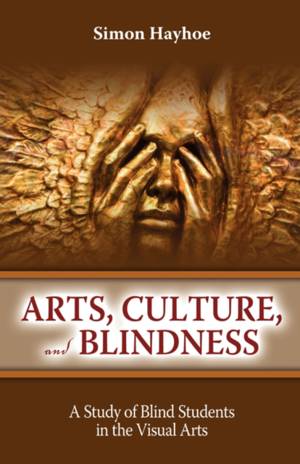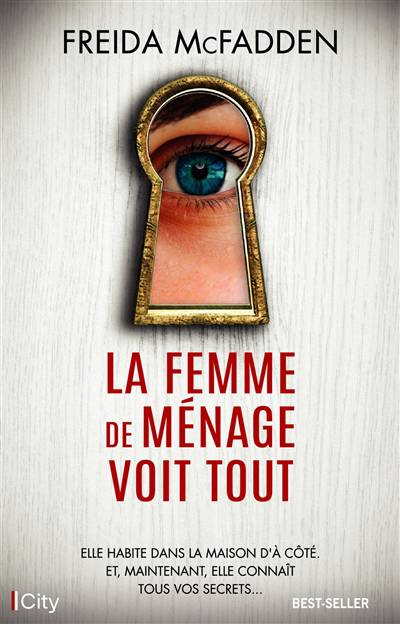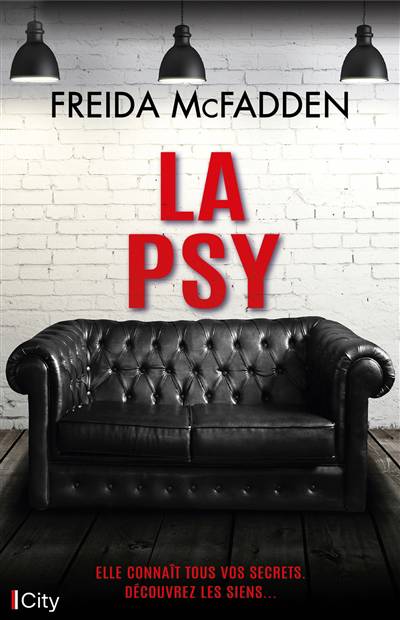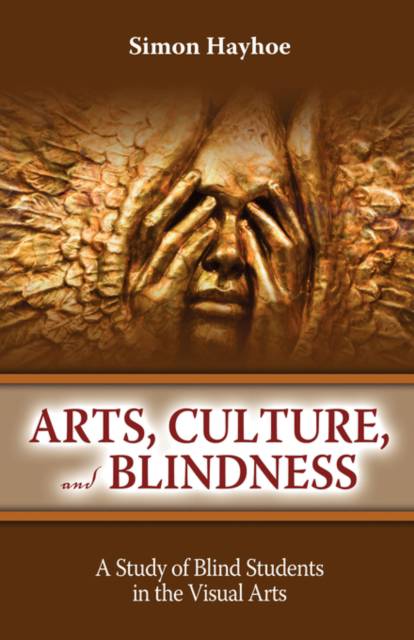
- Retrait gratuit dans votre magasin Club
- 7.000.000 titres dans notre catalogue
- Payer en toute sécurité
- Toujours un magasin près de chez vous
- Retrait gratuit dans votre magasin Club
- 7.000.0000 titres dans notre catalogue
- Payer en toute sécurité
- Toujours un magasin près de chez vous
Arts, Culture, and Blindness
A Study of Blind Students in the Visual Arts
Simon Hayhoe
Livre broché | Anglais
50,95 €
+ 101 points
Description
This is the first book to study adult and child art students actually participating in courses designed with their needs in mind in universities and schools for the blind. In doing so, it uniquely delves into the topic of the culture of education and society and its affects on an understanding of blindness and the visual arts. Furthermore, through an analysis of individual and group behaviour, the book also introduces a new cultural model for studying blindness and disability, investigates the social influences on the nature of blindness and the treatment of people who are blind, and examines the influences that have affected the self belief of blind students and the way they create art. There are a number of books on the education of people who are blind or deaf. However, these are largely descriptive or based on experimental rather than observational or social research. Furthermore, books that have analysed blindness and the arts only analyse tactile perception in the education of students who are blind, not social and cultural factors. In addition, although there have been many books and articles analysing research on the perception of aesthetics and blindness, there are only two, one first published in the 1950s and now long out of print (Lowenfeld V & Brittain WL, 1987), and the other published in 2003 (Axel E & Levent N Eds., 2003) that consider the practice of this subject in depth. In particular, there have been no books solely addressing the culture of arts education by non-visual means. This book represents a unique study of the theory of blindness and the arts. In its first section it analyses traditional models of blindness and disability, finding that the history of disability is more a reflection of changes in society towards its scientific study and classification. This book then presents a unique social psychological study of arts students, both children and adults, in situ, their understanding and practice of the arts, particularly the visual arts, and their reaction to the attitudes of their teachers, past and present. In researching the material for the book, the book's author has collaborated with internationally renown charities in the area of blindness, galleries, exhibitions and art, such as Art Education for the Blind, New York and BlindArt, London, leading to interest from museum and gallery professionals in his work. University courses and practising teachers can also benefit from this book. In particular, there are few resources which directly relate to studies of teaching practise in undergraduate and postgraduate courses specialising in the education of students with physical disabilities, or students studying for undergraduate, postgraduate and research degrees in subjects such as Disability Studies, Sociology, Social and Applied Psychology, and Fine Art and Design.
Spécifications
Parties prenantes
- Auteur(s) :
- Editeur:
Contenu
- Nombre de pages :
- 212
- Langue:
- Anglais
Caractéristiques
- EAN:
- 9781934844076
- Date de parution :
- 27-09-08
- Format:
- Livre broché
- Format numérique:
- Trade paperback (VS)
- Dimensions :
- 140 mm x 216 mm
- Poids :
- 272 g

Les avis
Nous publions uniquement les avis qui respectent les conditions requises. Consultez nos conditions pour les avis.






